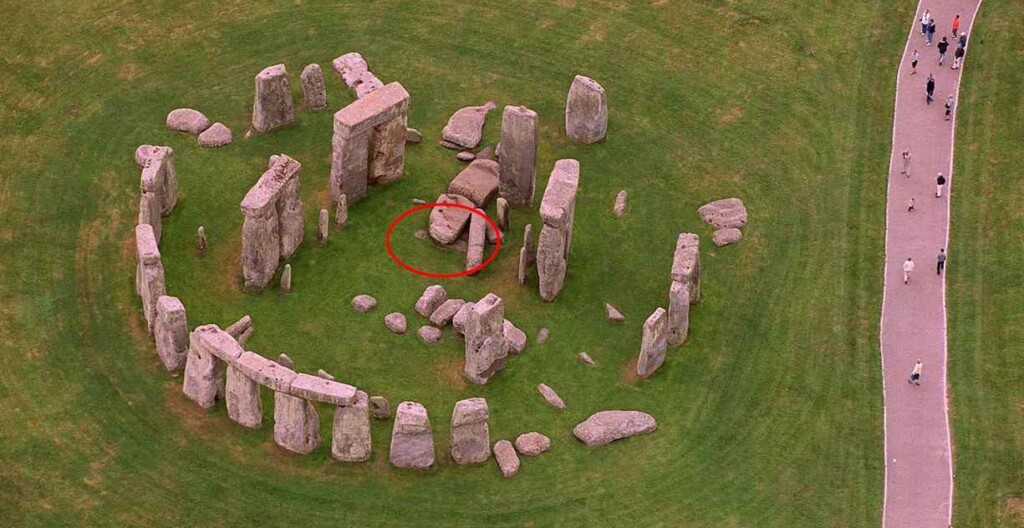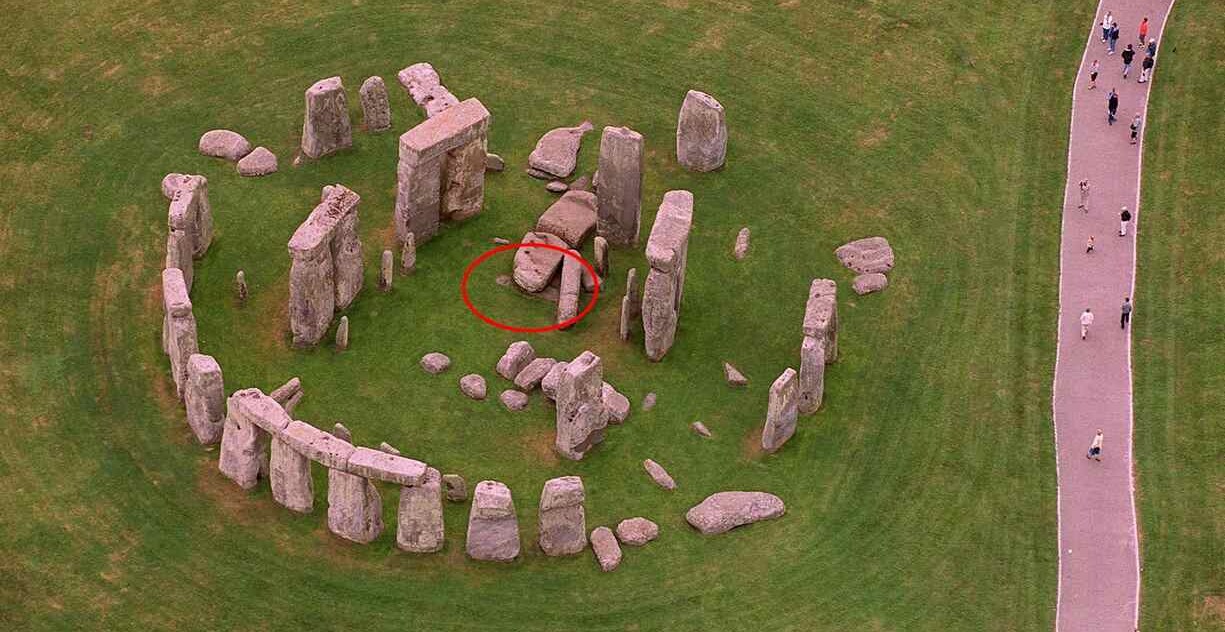
It may have been transported around the coast by sea, or by some sophisticated method the nature of which has not yet been revealed, but whatever the case, the 6-ton Altar Stone at Stonehenge came from Scotland, not nearby Wales.
Previous geological research suggested that the slab of sandstone probably originated from the Brecon Beacons in southeast Wales, approximately 50 miles from the site on the Salisbury Plain.
But a new study, led by Australian scientists, concluded that it actually hails from 460 miles away in northeast Scotland.
The Australian team used state-of-the-art equipment, including specialist mass spectrometers, to examine the composition of the Altar Stone.
Their findings, published in the journal Nature, also point to the existence of “unexpectedly advanced” transport methods and organization at the time of the stone’s arrival in Wiltshire around 5,000 years ago.
Researchers from Curtin University in Perth studied the age and chemistry of mineral grains within fragments of the Altar Stone, which is a 50 cm (19.6 ins) thick sandstone block measuring five meters by one meter (16 ft x 3ft), that sits at the center of Stonehenge’s iconic stone circle.
Study lead author Anthony Clarke explained that analysis of the age and chemical composition of minerals within fragments of the Altar Stone matched it with rocks from Scotland, while also clearly differentiating them from Welsh bedrock.
“Our analysis found specific mineral grains in the Altar Stone are mostly between 1,000 to 2,000 million years old, while other minerals are around 450 million years old,” Clarke said. “This provides a distinct chemical fingerprint suggesting the stone came from rocks in the Orcadian Basin, Scotland, at least 750 kilometers away from Stonehenge.”
Given its Scottish origins, the findings raise fascinating questions considering the technological constraints of the Neolithic era.
“Transporting such massive cargo overland from Scotland to southern England would have been extremely challenging, indicating a likely marine shipping route along the coast of Britain,” said study co-author Curtin University Professor Chris Kirkland.
“This implies long-distance trade networks and a higher level of societal organization than is widely understood to have existed during the Neolithic period in Britain.”
CAN’T GET ENOUGH ANCIENT MYSTERIES?
- 13,000 Years Ago, These Ancient Builders Carved a Calendar into Stone to Mark Destructive Occasion
- Ancient Temple and Theater 3,500 years Older Than Machu Picchu Discovered in Peru
- Expert Believes He Has Solved Archaeological Mystery Surrounding Ancient Assyrian Symbols
- Little Known Ancient Site in Ohio Crowned by UNESCO–for Incredible Alignment with Moon and Sun
- Much Like Stonehenge, Solstice Sunlight Would Have Danced on the Walls of This Neolithic Spanish Tomb
“We have succeeded in working out, if you like, the age and chemical fingerprints of perhaps one of the most famous of stones in the world-renowned ancient monument,” added co-author Professor Richard Bevins, of Aberystwyth University, Wales.
“While we can now say that this iconic rock is Scottish and not Welsh, the hunt will still very much be on to pin down where exactly in the northeast of Scotland the Altar Stone came from.”
Clarke said the discovery holds a special sentiment to the course of his career, as Stonehenge played a large role in him determining his academic path in life.
“I grew up in the Mynydd Preseli, Wales, where some of Stonehenge’s stones came from,” he said. “I first visited Stonehenge when I was one year old and now at 25, I returned from Australia to help make this scientific discovery—you could say I’ve come full stone circle.”
Despite its worldwide reputation, major discoveries on Stonehenge are rather more frequent than one might imagine. Evidence of a 110-meter (360 ft) stone circle at Waun Mawn near Mynydd Preseli was identified in 2021 and sparked a theory that many of Stonehenge’s bluestones were actually recycled from earlier circles.
SHARE This Groundbreaking News About The Origin Of The Most Famous Stone Circle…




















